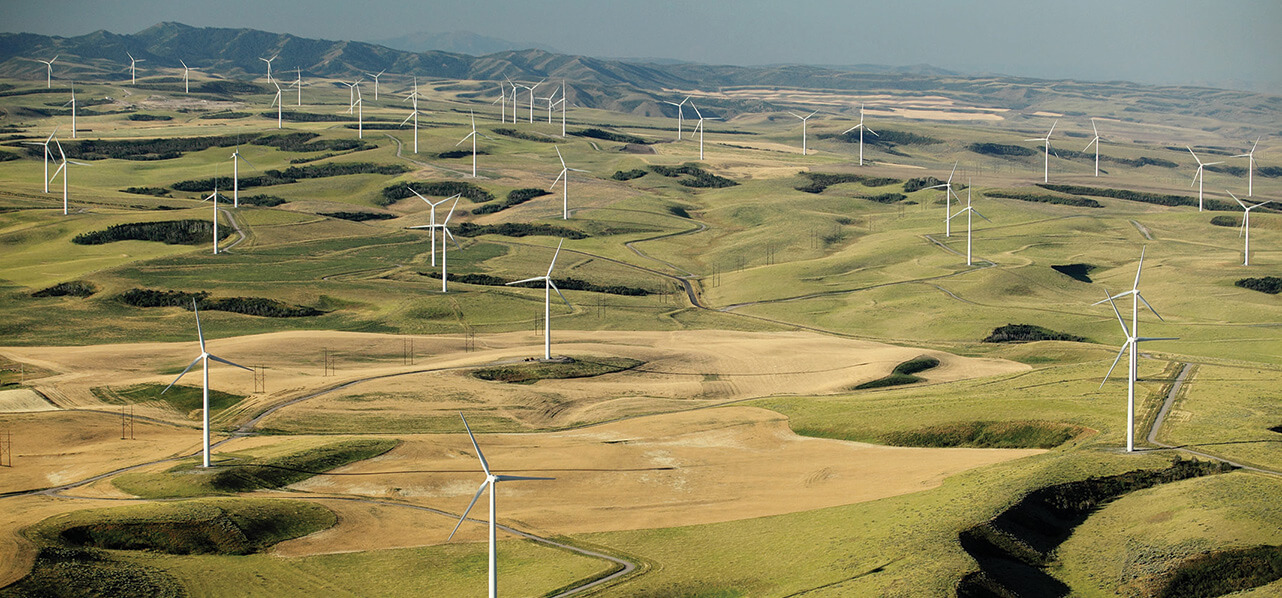Partner Hanoi
"The total anticipated capacity of solar power to be developed in Vietnam will be 14,450 MW by 2025 and 20,050 MW by 2030."
With Vietnam facing an increase in energy demand forecast to grow 10% annually, despite decision No. 11/2017/QD-TTg (Decision 11) having officially expired on 30 June 2019, it is no surprise that the supply side of the equation, power generators, have still been moving forward with new projects as fast as possible. By March 2020, a total capacity of 10,300 MW has been included in the power development “Master Plan”, and the total anticipated capacity of solar power to be developed in Vietnam will be 14,450 MW by 2025 and 20,050 MW by 2030.
Decision 13 will help ensure that this growth continues and sets the path for moving to an auction-based system and a rise in corporate PPAs.
Decision 13 – Key Provisions
Corporate PPAs
Decision 13 makes clear that electricity purchasers shall include Vietnam Electricity (“EVN”), EVN member entities and other unrelated entities. This is explicitly stated to apply to rooftop solar projects, and although output is restricted to 1MW and EVN’s grid may not be used, this now clearly makes corporate PPAs possible between a rooftop solar generator and a non-EVN buyer. Both the tariff and form of corporate PPA are open to free negotiation which marks a key milestone in the renewables market in Vietnam.
While Decision 13 explicitly discusses corporate PPAs for rooftop solar systems, corporate PPAs (whereby the buyer is a non-EVN entity) for grid connected solar projects are not prohibited under Decision 13, and therefore should be considered as being possible where also allowed under Vietnamese law.
New FiT regime
The new FiTs (excluding in Ninh Thuan province) are:
| No. | Types | FiT | |
|---|---|---|---|
| VND/kWh | UScent/kWh | ||
| 1 | Floating solar power project | 1,783 | 7.69 |
| 2 | Ground mounted solar power project | 1,644 | 7.09 |
| 3 | Rooftop solar power system | 1,943 | 8.38 |
For grid-connected projects (floating and ground-mounted solar power projects): FiTs are applicable for projects which (i) obtained in-principle approval prior to 23 November 2019; (ii) achieve Commercial Operation Date (COD), in whole or in part, within the period from 1 July 2019 to 31 December 2020 and (iii) have solar cells performance greater than 16% or with modules greater than 15%. Projects not satisfying such conditions shall be subject to a competitive mechanism.
For rooftop solar systems, the FiT will be applicable for projects (i) with a capacity not exceeding 1 MW and (ii) which achieve a COD and confirm its meter readings during the period between 1 July 2019 and 31 December 2020 and (iii) connected to EVN’s grid with a voltage of 35kV or less and sold to them. For rooftop solar projects selling power generated to other entities other than EVN or its member entities, as noted, the tariff and PPA shall be agreed by the respective parties.
We do note that for rooftop solar systems selling to either EVN or an entity other than them, Decision 13 provides no explicit restriction on whether investors can install multiple systems on a rooftop. It may therefore be technically possible that each system is a standalone system and satisfies the requisite criteria (including not exceeding 1 MW) but in aggregate over 1 MW of capacity is able to be delivered. This interpretation, however, requires further clarification and consideration with respect to other investment requirements.
"Decision 13 provides more flexibility for smaller scale rooftop solar systems by providing them with a new route to market and the ability to negotiate their own PPA."
The FiT for grid connected solar projects located in Ninh Thuan province which have been included in the national/provincial Master Plan and achieve COD before 01 January 2021 with a total accumulated capacity not exceeding 2,000MW will be 2,086 VND/kWh (equivalent to 9.35 UScents/kWh) which is the same as the FIT under Decision 11.
Key Takeaways
As well as providing certainty for grid connected projects which obtained in-principle approval prior to 23 November 2019, Decision 13 also provides more flexibility for smaller scale rooftop solar systems by providing them with a new route to market and the ability to negotiate their own PPA. While this is a significant step for the Vietnam market it is important not to overstate this given that the default position is that large grid connected projects still sell to EVN.
That said, while Decision 13 provides this open framework for rooftop corporate PPAs, as noted, it does not prohibit them under other regimes. Accordingly, although separate to Decision 13, the MOIT submitted its proposal No. 544 (Proposal 544) to the Government for a pilot program which will allow direct PPAs between renewable energy power generators (both solar and wind) and electricity consumers for renewable energy projects. While the pilot program will only scale to 1000MW, this regime will have both the generator and corporate offtaker entering into PPAs with EVN for power to be sold at spot market rates, but in addition, the generator and corporate offtaker will enter into a corporate PPA which will include a contract for difference component that references a negotiated strike price. At this stage Proposal 544 is only a pilot, and while important to view this as distinct from Decision 13, when both are considered this does mark an important shift in approach and undoubtedly indicates a positive future for corporate PPAs in the Vietnamese market which we believe will present significant opportunities for generators, financers and corporate offtakers.
Aside from the rooftop solar systems which are able to sell to non-EVN buyers, the existing form of PPA will be used under Decision 13. While a new form of PPA is to be issued by the MOIT, we do not expect there to be any material changes from the current form; we, therefore, expect the same bankability issues which have long been discussed to remain. While exceptions do exist, from our experience solar projects have in general not been financed on a project finance basis by international lenders and have had required some form of sponsor recourse.
"In light of COVID-19, developers may need to accelerate their project development timelines to ensure this deadline is met."
The new FIT tariffs under Decision 13 highlight Vietnam’s preference of rooftop and floating solar which is likely attributable in part to land issues and the difficulties agreeing compensation with local authorities for the construction of resettlement areas. More broadly, the new FIT tariffs are significantly lower than under Decision 11, but are still higher than in other countries, which combined with the lower cost of solar panels may mean that these numbers still work for investors. Combined with the relatively short eligibility window of these new FITs, Decision 13, can largely be seen as an interim measure until the competitive mechanism of auctions are in place. Auctions, therefore, we expect will be the new norm for the Vietnamese solar market from 2021.
Finally, and especially in light of COVID-19, with the need to reach COD by the end of 2020 for FIT eligibility, developers may need to accelerate their project development timelines to ensure this deadline is met. While to date Vietnam has been relatively successful in containing COVID-19, with global supply chains affected and travel restrictions in place, we advise all stakeholders to closely monitor the market for FIT deadline extensions.
Phuong Vu, a former associate in our Hanoi office, also contributed to this article.





